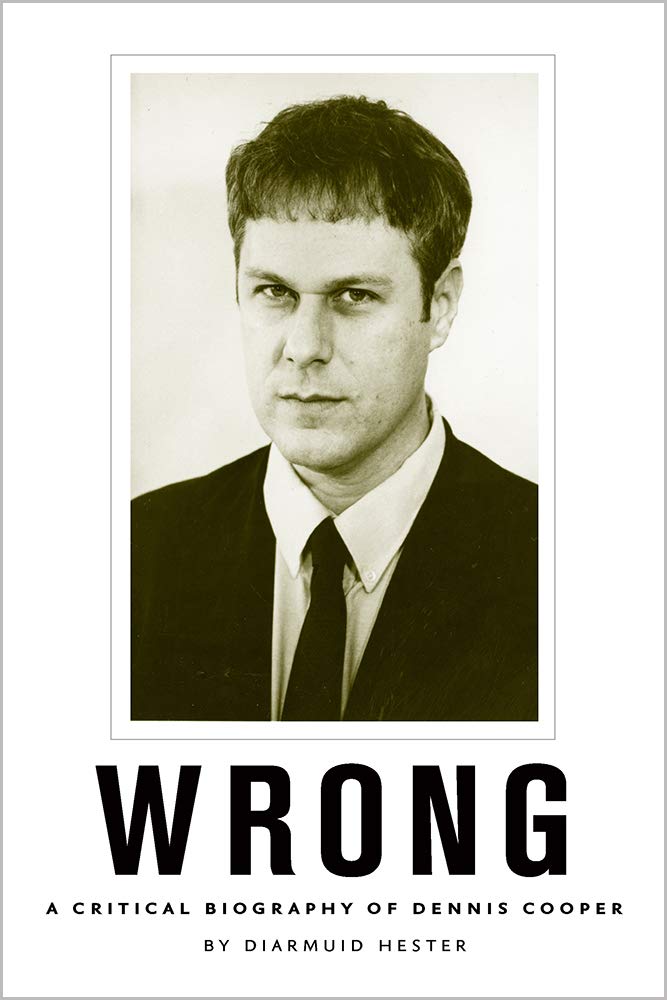_____________

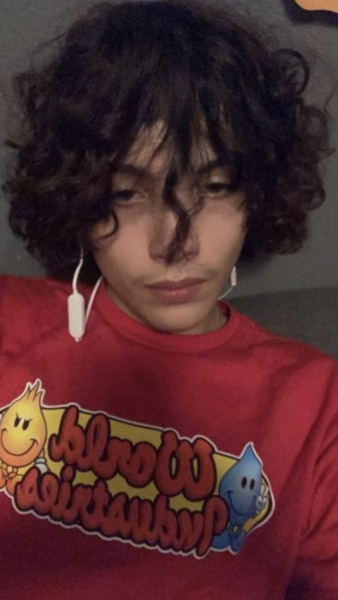
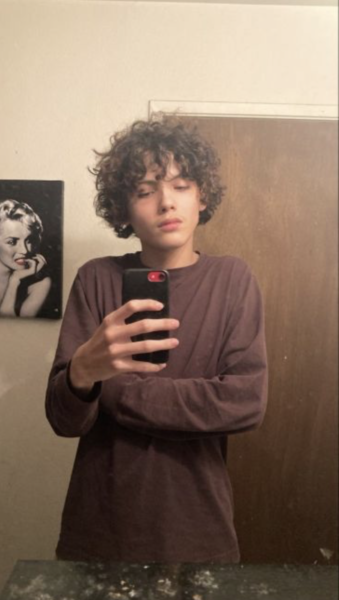
FeedMyBody, 18
Slatina
I’m gay and I will get fucked for nicotine.
Guestbook of FeedMyBody
NothingButTheX – July 12, 2023
Horny but scared.
FeedMyBody (Owner) – July 7, 2023
Do NOT text me if you really are not interested in me!
I am NOT into kissing at all for safety reasons!
NO drugs, NO smoking anything but nicotine, NO drinking, these are some things I don’t do!
FeedMyBody (Owner) – July 3, 2023
You’re welcome.
Me_4_hot – July 3, 2023
The greatest bargain in the history of the world. Thank you!
Body Type Slim
Ethnicity Mixed
Body Hair Little
Smoker Yes
Tattoos No
Languages Romanian, English
Position Bottom only
Dick M – Uncut
Dirty WS only
S&M Soft SM
FF No answer
Kissing No
Safer sex Let’s talk
Hourly Rate 10€
Overnight Rate 40€
_____________

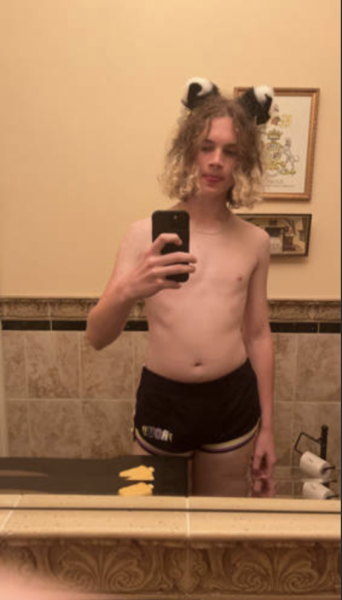
Someone-u-like, 19
St. Gallen
Heyo, I’m a pleasant, sex-obsessed nonbinary escort and prince! We need to go on a date first before I agree to every act you bankroll 💜 so take me bowling, and worship me later 😉 I’m ready to be surprised by the huge fee you offer and the vast amount of sex it will take.
Guestbook of Someone-u-like
Someone-u-like (Owner) – July 9, 2023
I would guess that’ll cost you somewhere in the low five figures.
trapd99 – July 9, 2023
I’d be here all day if I listed everything I want to do to you.
Someone-u-like (Owner) – July 5, 2023
If several means 4, I estimate that would cost you 800-1000 Euros.
KevDhung – July 5, 2023
I want to lick you all over I want to concentrate on your ears your pits and your butt and while I’m doing all of the above I wanna kiss you deeply really deeply I want to Deep Throat you with my tongue you like you’ve never been Deep Throated by any cock before then I will finally fuck you passionately for several hours.
Body Type Slim
Ethnicity White
Body Hair Shaved
Smoker No
Tattoos Yes
Languages French, English, German
Position Versatile
Dick L – Uncut
Dirty No answer
S&M Soft SM
FF Passive
Kissing Yes
Safer sex Let’s talk
Hourly Rate On request
Overnight Rate On request
_____________
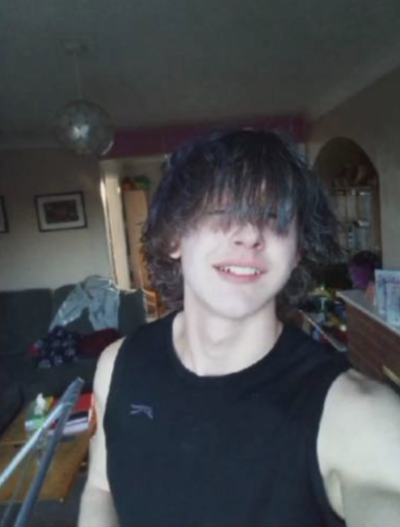
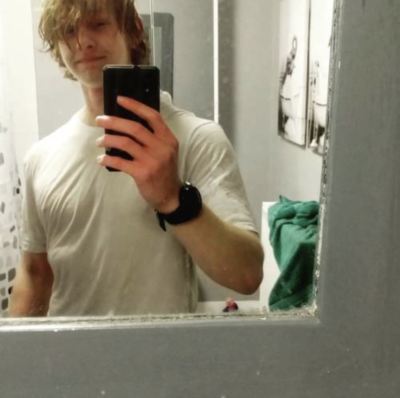

BearFood, 20
Epping Forest
I’m 20 and I really love making bears cum.
I’m 5ft 8, have abs, red hair but dyed it black and brown eyes.
My partner does not know that I am renting myself to bears, therefore it needs to happen without her knowing.
I’ve been dryhumped and kissed by bears but haven’t gone anywhere past that.
But my motto is if you don’t do you don’t get so if you want me to do something just get it!
Guestbook of BearFood
BaldFrantic – July 3, 2023
Must be nice to be so hot.
Body Type Athletic
Ethnicity White
Body Hair Smooth
Smoker No
Tattoos No
Languages English
Position Versatile
Dick L – Cut
Dirty No
S&M No
FF Passive
Kissing Yes
Safer sex Sometimes
Hourly Rate 150£
Overnight Rate 900£
_____________
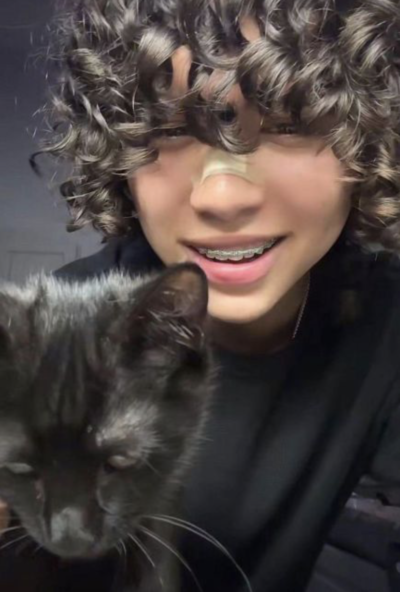
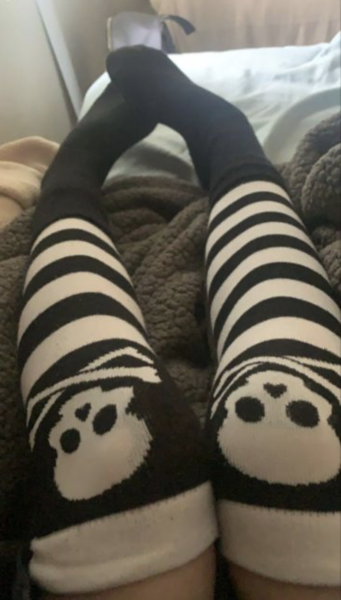
percythefemboy, 18
Milwaukee
I’m pretty shy so please make the first move :)) Anyways I absolutely love spiderman and I’m a nerd about him I’ve read most of the comics seen all the movies but I haven’t seen all the shows but I plan to see shows and I’m looking for guys to be my Deadpool to my Spiderman 🙁
Guestbook of percythefemboy
percythefemboy (Owner) – July 11, 2023
Any airbnb host who wants to install a sissy boy whore as a perk in their rental property during the month of July?
Enjoythelife – July 9, 2023
Once i overdrank one weekend night to wake up the next morning very hung over with this skank passed out next to me in bed. Did i usher him out the door and swear off all alcohol forever? No. i threw myself on top of him and shot fireworks after fireworks in his butt. how horrible.
Fuckedupbiguy – July 4, 2023
I met him when he was just 15. The boy had long hair, dark features, played guitar and sang like Brandon Boyd from Incubus. He was amazing. He was shy and didn’t know how awsome he was. I corrupted him, and changed him from a square into a curious tryer of mind altering things. I got insecure. Pushed and held on too tight. It ended and I thought “Yeah it was great but I’ll get over it”. Here now three years later I’m still aching from my own mistakes. Since him, I have met looser and looser and looser sluts alike, but none to match his perfection or come near it. My heart is like a gaping wound, never healing, always bleeding.
percythefemboy (Owner) – July 2, 2023
I truly feel honored to escort and see it as a privilege to be hired even if the date is abrasive.
Waitingfortonight – July 2, 2023
I’ve always been straight in my real life but felt that’s not my true calling. Hired him to find out. Turns out I am straight, but I liked fucking his butt.
Body Type Slim
Ethnicity Latin
Body Hair Smooth
Smoker No
Tattoos No
Languages English
Position Bottom only
Dick S – Cut
Dirty WS only
S&M Yes
FF Passive
Kissing Yes
Safer sex Never
Hourly Rate On request
Overnight Rate On request
_____________
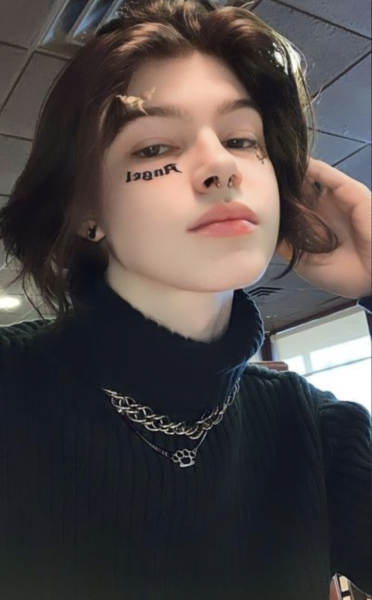

Candynecklace, 18
Bucharest
I’m an 18 yo boy who wishes to be forcefully made transgender!! I am willing to give myself in to my surgeon and give total sex exchange!! When I am transgender I will have a high sex drive always.
Guestbook of Candynecklace
afadraig – July 7, 2023
I’m deleting his account. Someone has to.
Body Type Slim
Ethnicity Mixed
Body Hair Smooth
Smoker No
Tattoos Yes
Languages Romanian, English
Position Bottom only
Dick S – Uncut
Dirty No answer
S&M Soft SM
FF Passive
Kissing Yes
Safer sex Let’s talk
Hourly Rate 80€
Overnight Rate 280€
_____________

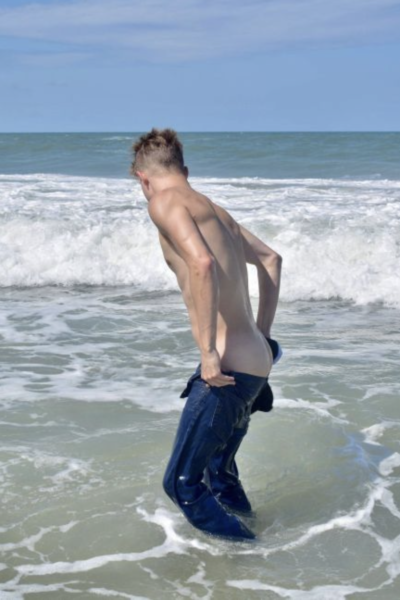
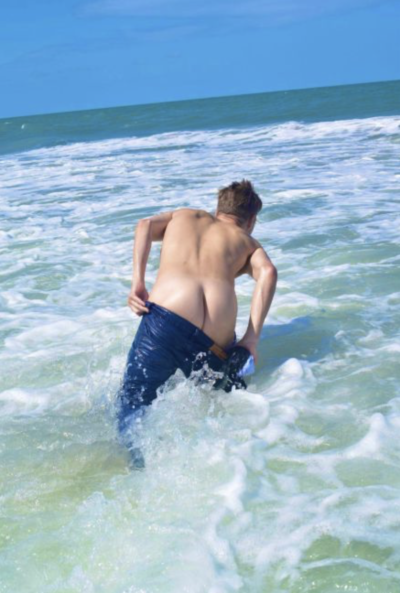
ummmmmtitle, 18
Salaspils pagasts
Hello, am I cute?
Guestbook of ummmmmtitle
Fellownumero1 – July 10, 2023
Intellectually, he fails to figure something out.
ummmmmtitle (Owner) – July 9, 2023
Should I grow my hair? I think I’d look cute with longer hair.
Body Type Slim
Ethnicity White
Body Hair Shaved
Smoker Yes
Tattoos No
Languages Latvian, Ukrainian, English
Position Versatile
Dick L – Cut
Dirty No answer
S&M No answer
FF Active/Passive
Kissing Consent
Safer sex Let’s talk
Hourly Rate 200€
Overnight Rate 500€
______________
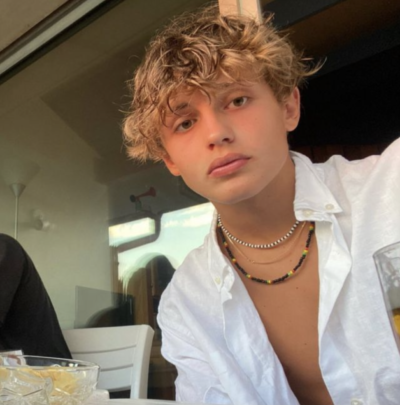
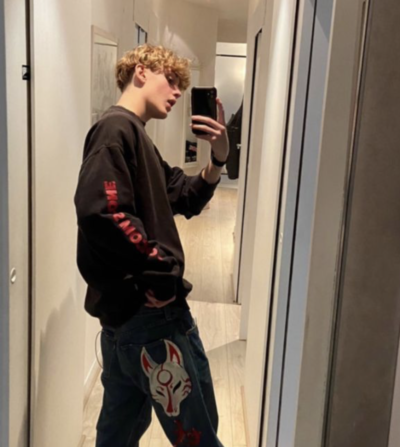
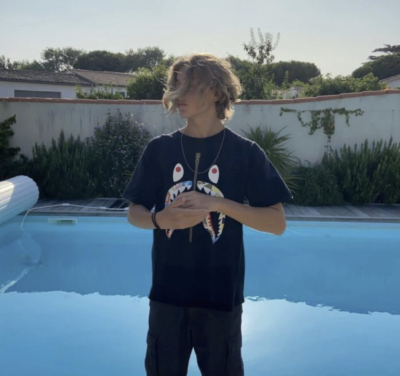
Drinkbeer, 20
Amsterdam
Masc str8 boy brainwashed for cock. Hoping for $$$ and possibly fagot marriage by end of year.
I used to have a gf and when we broke up I ended up watching porn and that led to all sorts of weird videos and hypnosis stuff.
Ever since I was brainwashed to be a fagot, I’m obsessed with cock. I love cocks, in all shapes and ages. When not having sex I watch porn. Nothing better sex and porn. Anything else doesn’t really interest me.
I love men from 35 years and up who live their primal urge. You don’t take “no” for an answer. You live your nature, it’s your DNA. I will not complain about sexual harassment.
If you are Black, Arab, Turkish, Iranian or similar, I am very excited and honored to meet you (and your friends). I am willing to travel abroad for Muslims.
I can’t live without cock, can’t live without fresh cum. Getting fucked is the best thing in life. I respect and adore Andrew Tate, he would understand me and whore me for his gain.
Seriously interested uncles, dads and grandpas are encouraged to contact me. I am not law enforcement.
I speak Dutch and English. I do understand German. I don’t understand Arabic, but the sound of it makes me squirt.
Guestbook of Drinkbeer
Everythingbuggedout – July 8, 2023
I really want to fuck you. My dick is only about 5.5 to 6 inches but I’m extremely pent up.
SuckMeBro_ – July 7, 2023
Has leg hair but wore leggings with a hole showing his shaved smooth ass.
Body Type Slim
Ethnicity Latin
Body Hair Smooth
Smoker No
Tattoos No
Languages Dutch, Spanish, English
Position Bottom only
Dick L – Cut
Dirty Yes
S&M Yes
FF Passive
Kissing Consent
Safer sex Never
Hourly Rate 150€
Overnight Rate 300€
___________


GiveMeYourMoney, 19
Mandaue
All I want is $50 and a cock in my ass
Guestbook of GiveMeYourMoney
bob54000000 – July 13, 2023
I can swim, I go to the gym, I fly somewhere every week, if you want to become the bitch of someone who will never love you, write right away.
GiveMeYourMoney (Owner) – July 13, 2023
Well, one of my regulars is apparently in love with me. A friend of his got on instagram and told me, and told me to promise not to tell him I know, but then today when he was fucking me, he let it slip. I don’t think I’m ready to be in this sort of thing, I’m too damn slutty to be in this sort of thing. So could somebody please tell me what to do without losing his income?
GiveMeYourMoney (Owner) – July 11, 2023
And I just took another so make it six
GiveMeYourMoney (Owner) – July 11, 2023
Umm.. I started pill popping a couple weeks ago.. the first time I took 3 pills that were all the same, the second time I took 4 pills that were all different, and about 10 minutes ago I took 5 different pills that were all different.. I’m feeling pretty dizzy and my body kind twitches violently every 5 minutes or so and I have chills.. Idk.. I’m not really asking anything.. just Idk umm… Idk.. just need to talk to someone about it I guess
GiveMeYourMoney (Owner) – July 10, 2023
I just lost my real job so I’m open to more $$$ for fuck all
Ghargatuloth – July 3, 2023
There is a side to my sexuality that forces me to hire you.
GiveMeYourMoney (Owner) – July 1, 2023
Shy but loud when I’m fucked
Body Type Slim
Ethnicity Asian
Body Hair Smooth
Smoker Yes
Tattoos No
Languages Tagalog, English
Position Bottom only
Dick S – Uncut
Dirty WS only
S&M Soft SM
FF No answer
Kissing Yes
Safer sex Let’s talk
Hourly Rate 50$
Overnight Rate 50$
_____________


Thatbadboy, 18
Leipzig
I’m top and bottom, somehow it still always boils down to me being bottom.
Guestbook of Thatbadboy
Thatbadboy (Owner) – July 13, 2023
I’m on PrEp to the point I probably glow in the dark.
carlossssss – July 12, 2023
I screwed him in whimpering awe.
DSlayer – July 8, 2023
His ass is sexy beyond belief so if you’re interested in scrounging in his hole, expect to grunt like a neanderthal.
Body Type Slim
Ethnicity Arab
Body Hair Shaved
Smoker Yes
Tattoos No
Languages English, German, Arabic
Position Versatile
Dick L – Cut
Dirty No
S&M Soft SM
FF Active/Passive
Kissing Consent
Safer sex Sometimes
Hourly Rate 150€
Overnight Rate On request
______________


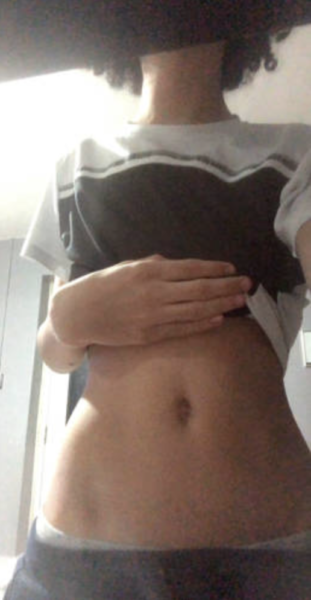
experimentalist_trash, 18
Istanbul
coke whore bottom into what ever u ever wanted and needed
idk how propriety works
Guestbook of experimentalist_trash
piethrower – July 9, 2023
Few things have turned me on more than smashing thick, gooey lemon pies all over this boy’s face and chest, rubbing the gunk in for good measure. It was a total aesthetic pleasure and a feast for all the senses!
yourfavoritecock – July 6, 2023
Sweet kid, more than just a hole, although that’s the part of him I spent 90% of my time with.
experimentalist_trash (Owner) – July 5, 2023
enjoy talking to the ones i fuck and finding interests fascinating
as for what i don’t like, im not particularly fond of having fun
DrCrat – July 4, 2023
I am his family’s doctor and I have thoroughly examined him. I know every good and bad thing about him. I know his many many many many many limitations. I’m around if anyone has any questions.
Body Type Slim
Ethnicity Arab
Body Hair Little
Smoker Yes
Tattoos Yes
Languages Turkish, English
Position More bottom
Dick S – Uncut
Dirty Yes
S&M Yes
FF Passive
Kissing Yes
Safer sex Never
Hourly Rate On request
Overnight Rate 777€
_____________
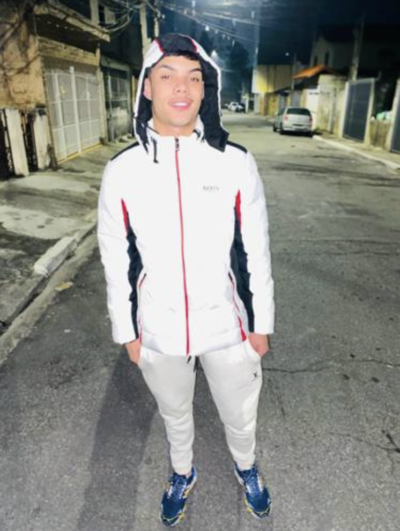

Eyeblaster, 18
Sao Paolo
I am a very horny and honest person what turns me on the most are the kisses and that they touch me on my clothes and I also have a place several days in a row I don’t have a partner and I have a more comfortable look and I would like to try many things that are very horny and hot
Guestbook of Eyeblaster
XmanInfinite – July 6, 2023
For best results talk about his cock in long descriptive sentences before you start.
Slimjim – July 3, 2023
I’ve gave him head and got head from him I’ve never fucked him but I’m really hoping to.
Eyeblaster (Owner) – July 1, 2023
I give top vibes so if a guy is going to fuck me he better be hard, limp dicks aren’t going to work, very tight hole.
Body Type Athletic
Ethnicity Latin
Body Hair Smooth
Smoker Yes
Tattoos No
Languages English, Spanish
Position More top
Dick XL – Uncut
Dirty No
S&M Soft SM
FF Active/Passive
Kissing Consent
Safer sex Let’s talk
Hourly Rate 100$
Overnight Rate 500$
_______________
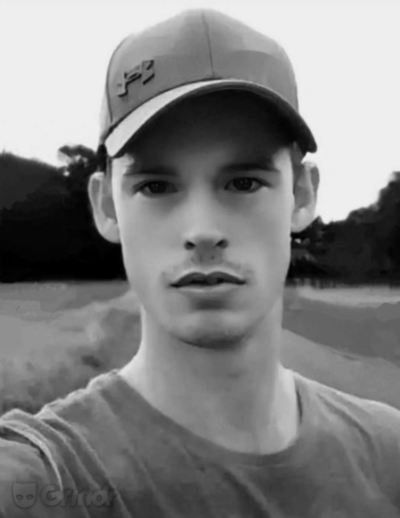
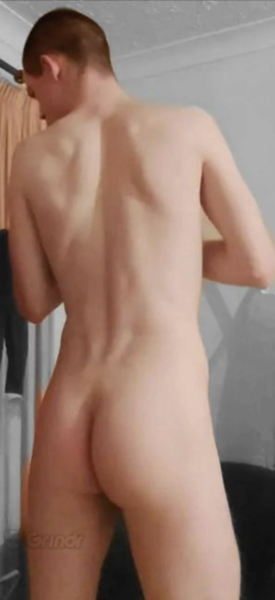

accidentshappen, 24
Long Beach
Depraved limitless slam pig bottom ☣️💉💦 monetising my bod’s crash and burn
Guestbook of accidentshappen
nothing3548 – July 8, 2023
Cannot believe you’re still alive but well there you are ugh lol.
Musc88 – July 2, 2023
Meaningful, intellectual extreme sex at its finest!
Conviction – June 30, 2023
OMG like i hate this whore well not everything about him thank god im rich so there will be more choices i know i sound like an ass but sorry im through with this whore
wilsondong – June 29, 2023
I precum like a tap so I was filling him constantly with my poz cum, and no lube, so I beat the shit out of him at the start, then stuck it in.
Bellflower – June 2 4, 2023
Forced alcohol, poppers, slam and smoke, electro, chastity and turned into mindless fuckmeat for a weekend. Very slim.
Body Type Average
Ethnicity Caucasian
Body Hair Little
Smoker Yes
Tattoos No
Piercings No
Languages English
Position Bottom only
Dick L – Uncut
Dirty Yes
Fisting Passive
S&M Yes
Kissing Yes
Hourly Rate On request
Overnight Rate On request
______________


StrayBoy, 19
Houston
I’ve been homeless since early 2019 (on and off). I lost my job of 3 years about 2 months ago now. I’m on a 20 month wait-list for assistance and I haven’t had sex without being paid for it for almost 9 years.
I love being fucked in my mouth and ass and my safe word is Walt Disney. 420 day and nighter but can easily stop if you need me to. I have someone who can’t help me escape homelessness right now with a place to stay, but is willing to buy me a bus ticket to anywhere in the USA as long as I have a place to go.
Guestbook of StrayBoy
notsokindbitch – July 9, 2023
I paid $25 to goon him out.
StrayBoy (Owner) – July 6, 2023
For sure. There was a guy from Denmark who was a furry who dressed up in a full body wolf costume, the creepy type not the cute cartoon type . Must have cost a fortune. He also had white lingerie over the fur. He asked me to wear this super cheap onesie with tights underneath then he “chased” me around his hotel room a bit before catching me and ripping off my clothes and ripping a hole in the tights then holding me down on the bed and fucking me like a pneumatic drill. He did a big wolf howl when he came and I had to try so hard not to laugh.
Another time a guy tied me to a bed, stepped out, and came back in wearing a black robe and “Jason” horror mask. This time, I couldn’t hold it in. I broke out laughing. Totally burst his bubble. Big mistake because he then had his fun cutting my clothes off with a knife and burning them in the fireplace right in front of me and spent hours making me suck every last drop out of his sack then handed me a $20 bill and threw me out on the street naked.
GreatGatsby69 – July 6, 2023
Being homeless and desperate I’m guessing you’ve ended up having some pretty weird clients over the years?
Body Type Slim
Body Hair Not very hairy
Ethnicity Mixed
Tattoos No
Piercings No
Smoker Yes
Languages English
Position Bottom only
Dick S – Cut
Dirty Yes
Fisting Passive
S&M Soft SM
Kissing Consent
Safer sex No
PNP Yes
Hourly Rate 150$
Overnight Rate On request
______________
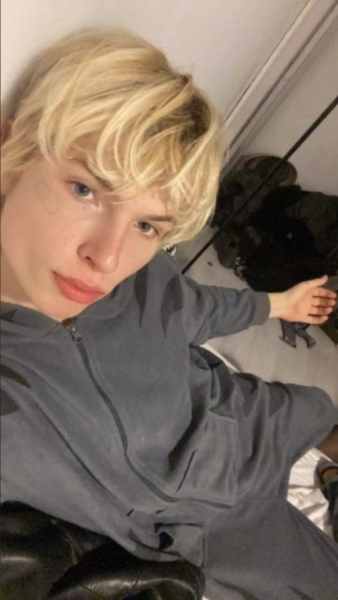
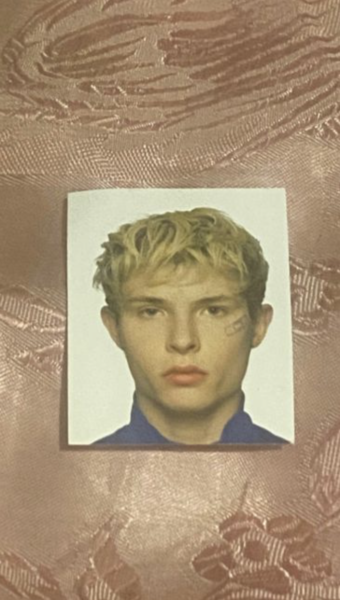
FuckedUpClassy, 21
Łódź
Simply a boy who joins the useful to the hot.
Guestbook of FuckedUpClassy
FuckedUpClassy (Owner) – July 10, 2023
Stuck serving 7 Arab men. Save me.
ughhhhhhhhh – July 3, 2023
hardly 3 subscriptions on insta and already asking for 200. was berlin so expensive even though you traded that foul little bottomless pit in your ass beforehand? haven’t earned enough from dropbox sales and onlyfans rip-off?
My_dick_is_big – July 3, 2023
I estimate his IQ at 0.5 and by the way, at 1 a piece of toast starts to babble!
upcomingp4rnstar – July 3, 2023
200 € an hour is that with one of your transmittable diseases included? 🤣🤣🤣🤣 Wow you are so pathetic… How low can you possibly sink.
LetsGoToAClub – July 3, 2023
ThatsLukey is the name of the little whore on insta. Onlyfans is probably no longer enough for his life of luxury. I wouldn’t even grab it with pliers. The boy is completely contaminated and he also has an asshole like a clown’s mouth.
Body Type Slim
Ethnicity White
Body Hair Little
Smoker No
Tattoos No
Languages Polish, English
Position Versatile
Dick L – Uncut
Dirty Yes
S&M Soft SM
FF Active/Passive
Kissing Yes
Safer sex Rarely
Hourly Rate 200€
Overnight Rate 1200€
____________

Parisian_slut, 21
Paris
I’m recently out of the closet and I love it! I am so fucking gay and I love it SO MUCH!
Guestbook of Parisian_slut
BeneathMyBed – July 8, 2023
He greeted me at the door wearing nothing but a pair of nylon shorts and I was struck by how deep his voice was and that he had a distinct provincial French accent. He smelled like weed and asked me if I wanted to smoke a bowl, and I was down. We smoked several bowls and shotgunned hits back and forth and soon we stopped smoking and were kissing each other’s faces off. We’re both rock hard and I notice he has a massive wet spot in the front of his shorts so clearly he’s precumming pretty hard. He pulls off his shorts and I can see his cock is absolutely covered in precum, so much that it looks like he shot his load and a thick rope of cum is slowly stretching down to his knees. He loops a big gob of it with his hand and puts it up to my mouth and I eagerly lick it off his hand then bury my face in his crotch and spend about a half hour sucking two loads out of him. I save a little of his last load and lube his ass. I’m balls deep in him pretty quickly and I’m loving how deep I am inside him so I clamp my mouth to his and drink it dry as a bone while pounding him as hard as I can and not long after I blast inside him. He slides off me and asks me if I like to rim stretched loaded holes and in his case I sure the fuck do. While I eat him he’s frantically jerking his cock and I lift his legs up over his shoulders so I can eat his depths and he’s panting and sweating like crazy and calling himself a dirty slut, a cum pig, and a cum dumpster. I was kind of shocked that he went there, but I guess maybe that’s how verbal he likes to get. It’s obvious he’s all of those things and more. He finally shoots his load and it’s huge and I eat all of it. That works me up again and I shove my cock up his ass and blast another load deep in his guts as he’s screaming for me to cum inside him. Once we’re finally done he asks me if I want to shower and I say I’m good. Honestly, I want all of his sweat, cum, and funk on me for as long as I live.
Body Type Slim
Ethnicity White
Body Hair Shaved
Smoker Yes
Tattoos No
Languages French, English
Position More bottom
Dick L – Uncut
Dirty Yes
S&M Yes
FF Active/Passive
Kissing Yes
Safer sex Sometimes
Hourly Rate 200€
Overnight Rate 600€
______________
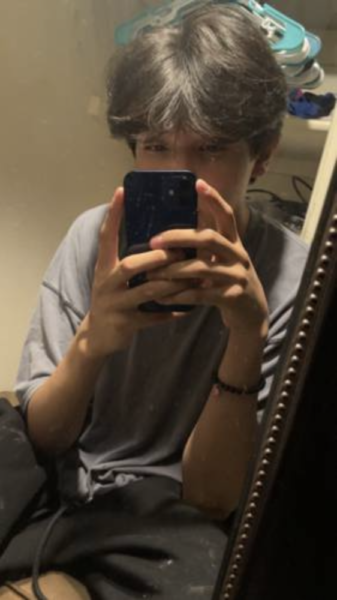
Pedro, 18
Mexico City
Heyyyy you Hmu so we can become way more than friends!!
Guestbook of Pedro
jacksonmcloud – July 9, 2023
His ass is shallow but it never lets go.
Pedro (Owner) – July 7, 2023
With chems – free, without = 50$
uglytop1990 – July 7, 2023
I’m a 30-year-old Republican-AltRight White top. My dick is around 11″ when fully hard and it’s pretty thick. I’m 6 ft. and 163 lbs. The only issue is my face is butt ugly. Just being honest. I get off on cute slutty young Mexican boys who are into taking hung ugly guy cock. You down? Surprisingly, I receive A LOT of messages on Grindr from Mexican boys who are into ugly AltRight tops with big cocks. But none of them are cute. Trump 2024
Body Type Average
Ethnicity Latin
Body Hair Some
Smoker Yes
Tattoos No
Languages English, Spanish
Position Versatile
Dick M – Uncut
Dirty WS only
S&M No
FF No
Kissing Yes
Safer sex Let’s talk
Hourly Rate 100$
Overnight Rate 500$
_____________


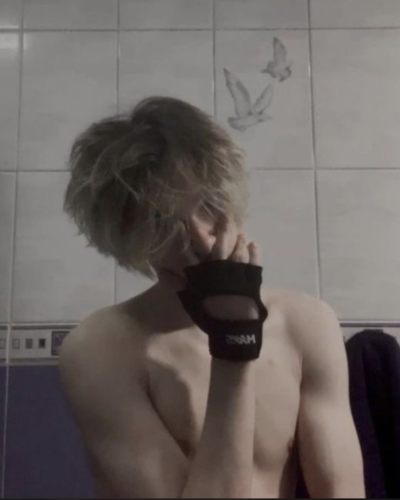
ForGayGuysOnly, 22
Luxembourg
HETERO loser gets fucked hard in both holes. 12 hours of sex costs only 250 € (overnight stay from 8 p.m. to 8 a.m.). You are welcome to bring a few buddies with you, because the price will then remain the same.
DURING sex I can wank and blow your cocks for hours. ALSO you can fuck my ass for hours. HOWEVER, as I said, I’m straight and I like women. SO I find men sexually disgusting and repulsive, so I wouldn’t enjoy our sex. BUT you shouldn’t care about that.
REMEMBER, I don’t get high on men, so my cock would be taboo for men. ADDITIONALLY, I would wear a jock strap around my “loose penis” to hide it. BECAUSE somehow the thought excites me that “hetero losers” like me don’t deserve satisfaction.
DURING sex I would wank and blow your cocks for hours. PLEASE Deep Throat in my throat. ORDER me to drink your semen. MOREOVER you can BRUTALLY fuck my loser ass in any position. IF you want, you can shoot sperm in my loser ass extensively until it spills out and splashes all over.
OTHERWISE I’m very well-groomed, chilled, nice and like to smoke “one”.
Guestbook of ForGayGuysOnly
BareBlake – July 11, 2023
More issues than Vogue.
MilkMan – July 9, 2023
I gave him a tadalafil tablet – it’s like Viagra but longer lasting.
That way I was able to keep get him hard & eating multiple loads from him.
3 loads in 1st 45 minutes.
In the next 90 minutes I ate another 4 of his loads so I basically drained his balls.
It was a long slow process that also required eating out his asshole too.
ForGayGuysOnly (Owner) – July 7, 2023
HERE’S the thing, I discovered I am bisexual b/c I had my first customer last night and I really really liked it, but the problem is I don’t know how to tell my girlfriend. HELP!
doiknowyou – June 30, 2023
One time I watched a guy in a public bathroom slip his hand down this boy’s pants and finger fuck him and then paid the guy to sniff his fingers.
PerfectCock – June 30, 2023
It’s the latter.
rhys – June 30, 2023
Either the fakest or most disingenuous escort I’ve ever seen, I can’t decide.
Body Type Slim
Ethnicity White
Body Hair Shaved
Smoker No
Tattoos No
Languages French, German, English
Position Bottom only
Dick L – Cut
Dirty No answer
S&M Soft SM
FF Passive
Kissing Yes
Safer sex Let’s talk
Hourly Rate 250€
Overnight Rate 250€
*
p.s. Hey. ** tomk, Hey, Tom! Dude, you’re past the job search stress, that’s big. I hope it’s an accommodating gig. Happy weekend. ** Charalampos, Hi. The hardcover of ‘My Loose Thread’ is probably my favorite book cover of mine ever. The softcover of ‘MLT’ is almost for sure my least favorite book cover of mine ever. ‘A few personal messages’ was recently published in English, so it’s probably affordable, although you would have to read it in English. Congrats on your published poems! Everyone, Charalampos (Tzanakis) has two new poems up online. Go here. ** T. J., The Pez Dispensers are amazing! Wow! I want every single one of them IRL. I hope Mary W. gets to see hers somehow. I think she’d guffaw. Thank you so much for sending them. Fantastic work. I actually was going to ask if GbV were playing with DJr. at your gig since I know they’re touring in tandem. Excited for the Sparklehorse, of course. I’ll chase down those three songs. Thanks, pal. ** Probably, male, Hi. Great, I’ll write to you today. Hm, it’s interesting because, when people talk to me about my work, they very often feel passionate about it because they relate to the young characters, which makes sense since I feel much more inside the young characters than in the adult characters. Maybe in a way the books are about the desires of the young characters, but they’re just not sexualised needs but emotional/ psychological needs that they can’t express. Whereas the adults are just sort of more porn minded or something. I’m sorry you’re broke. Money is the worst. I don’t know, I think in ‘American Psycho’ Bret is pretty focused on the predators’ minds, but, sure, I think it would be possible to read the books and try to look through the victims’ eyes. Imaginations have no boundaries, right? Love and bestest wishes to you too! ** Jack Skelley, An impeccable, inarguable comment. ** Sypha, Oh, right, maybe it was something of mine in the booklet. That rings a bell, yeah. I need to go find one. Thanks! ** Misanthrope, Shit takes all prisoners. I chickened out on the pizza, at least temporarily. Meat eaters, God love you. $89 steak?! Meat eaters, God love you. ** Mark, Yes, the Houdini Room. There’s a film of Gisele Vienne’s and my ‘Jerk’. I can send you link if you want. It’s pretty good. My next project after we finish the film is an audio-only novel whose main characters are a female ventriloquist and her dummy. We’re going to be looking for genius ventriloquists (and genius dummies) to voice-cast before long. I don’t know any either. Well, I know a couple of men ventriloquists, but that won’t work. Oh, wow, as I wrote here recently Don Bachardy drew/painted me in the early 80s, but he didn’t like it, and I think he must have thrown it away. Sweet guy. Is he still in the house he shared with Isherwood? Yeah, I’ve known Ron Athey for a long time, not extremely well, but we’re friendly. Lovely dude. Happy belated Bastille Day to you! ** Cody Goodnight, Hi, Cody. I’m good. So sorry about your rough day. Tastes like birthday cake … so, like, overly sweet. Japan is totally amazing. It’s so great to visit. You have to go. You’ll be so happy. All of the Morrissey films with Dallesandro are worth seeing. Warhol’s ‘Lonesome Cowboys’ is one of my all-time favorite films. Rivette’s ‘Merry Go Round’ is great. As is Louis Malle’s very strange ‘Black Moon’, definitely the total oddball in his oeuvre. I think my least favorite Fassbinder might be ‘Lilli Marlene’, I can’t remember why though. You know, strangely, I hardly know The Misfits. I just never listened to them much for some reason. Danzig lived down the street from me in LA for years in this very rundown old mansion that looked like the world’s biggest firetrap. I used to see him at the supermarket. He’s not very friendly. Great day to you! ** David Ehrenstein, Hi, David. It must be so hard right now. I’m grateful that you’re finding time and thoughts to visit here. Please stay strong and confident. Love, me. ** _Black_Acrylic, I concur on the idea of you starting to catch up, of course. ** jeestun, Hi! It’s an excellent thing to see you! Cool that that text settled in so nicely. And thanks about the film. What’s going on with you, pray tell? ** Steve Erickson, I’m happy that I was able to help a little. I’ll see if I can find and stream the Tuscon show gig. I was introduced to Cookie Mueller once just briefly. I wish I’d known her. Curious to read your thoughts on the Petzold. Everyone, Steve had reviewed the new Christian Petzold film ‘Afire’ here. ** Bill, If the eye feels okay, it will be okay. That’s my modus operandi on injuries and things. Oh, good, because the news is making it seem like all of California is basically toast right now. ‘They Look Like People’, check. Weekend stuff of note? ** chas, I trust your memory completely. Mm, no, I don’t think I’ve tried playing one of those games. I have wanted to. I’ve watched friends play bits of them and was most intrigued. Any particular recommendation? Ha ha, I think I liked being pricked. In that case. What are you up to over the two day supposed non-work mini-phase that’s come to be popularly known as the weekend, and, thank god, not the weeknd? ** Jeff J, Hi, Jeff. I was just hunting for post fodder and found the Nabokov thing and naturally thought, ‘That’s a find’. I think there were three autobiographical R-G books. Only the first one has been translated in English, as far as I know, and Grove Press published it back in the 90s. I thought it was highly interesting but not up there with his novels and language theorising. Enjoy the mountains. Honestly, compared to the horrid summers in the last few years, this one has been a very mild summer so far, for which I am immensely grateful (so far). ** Darbie (as in Barbie), As opposed to Darby (as in Crash). Hi. Uh, I don’t think at the moment that I’m interested in the ‘Barbie’ movie, but if people I trust tell me it’s a go-to, I’ll go. That secret spinoff sounds promising, if that helps. ‘A apathetic depressing “horror” novel’ is much needed, as far as I’m concerned. I can assure you that you most certainly not dumb. When there’s no one else to communicate with, do it with a pen and paper (or doc and keyboard and fingertips). I’ll check out Molchat Doma shortly, thank you! Good, then you can tell me if I should see ‘Barbie’ or not. Done deal. ** A, Yeah, everyone always assumes Gym is my middle name. Stud muffin, they call me. Max Barz looks like a hundred other porn stars to me, but what do I know. I didn’t know about the Anger invite, no. Uh, I had a few brief conversations with Brian Butler when he used to run his project space on Wilshire Blvd, but I think that’s it. Saturday will need to help me have a blast today, and so far, it’s not looking very blasty. You, on the other hand, please blast the motherfucker away. ** Okay. By the luck of the draw, the middle of the month falls on a Saturday this time, so you’ll be spending your local time wth escorts, lucky you? See you on Monday.
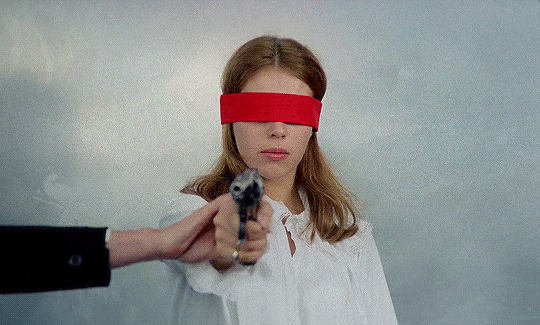
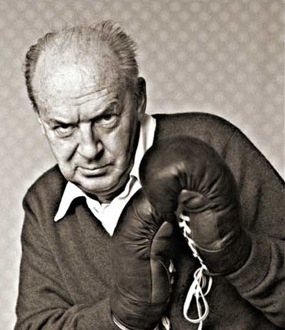
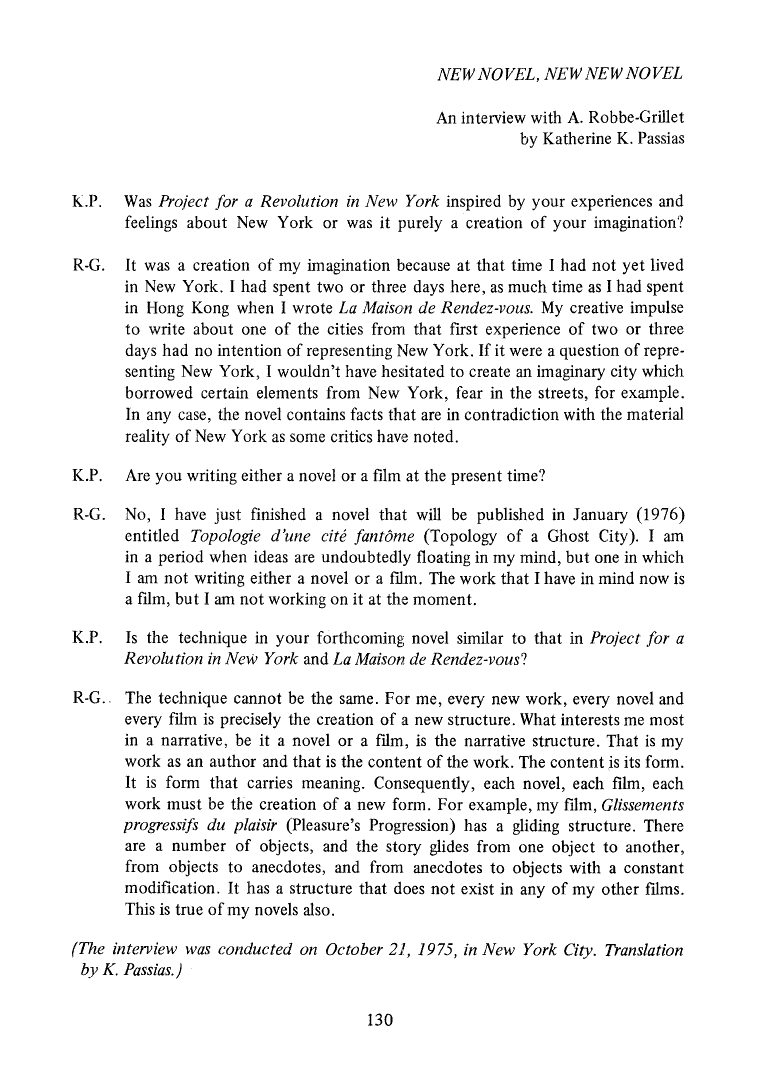
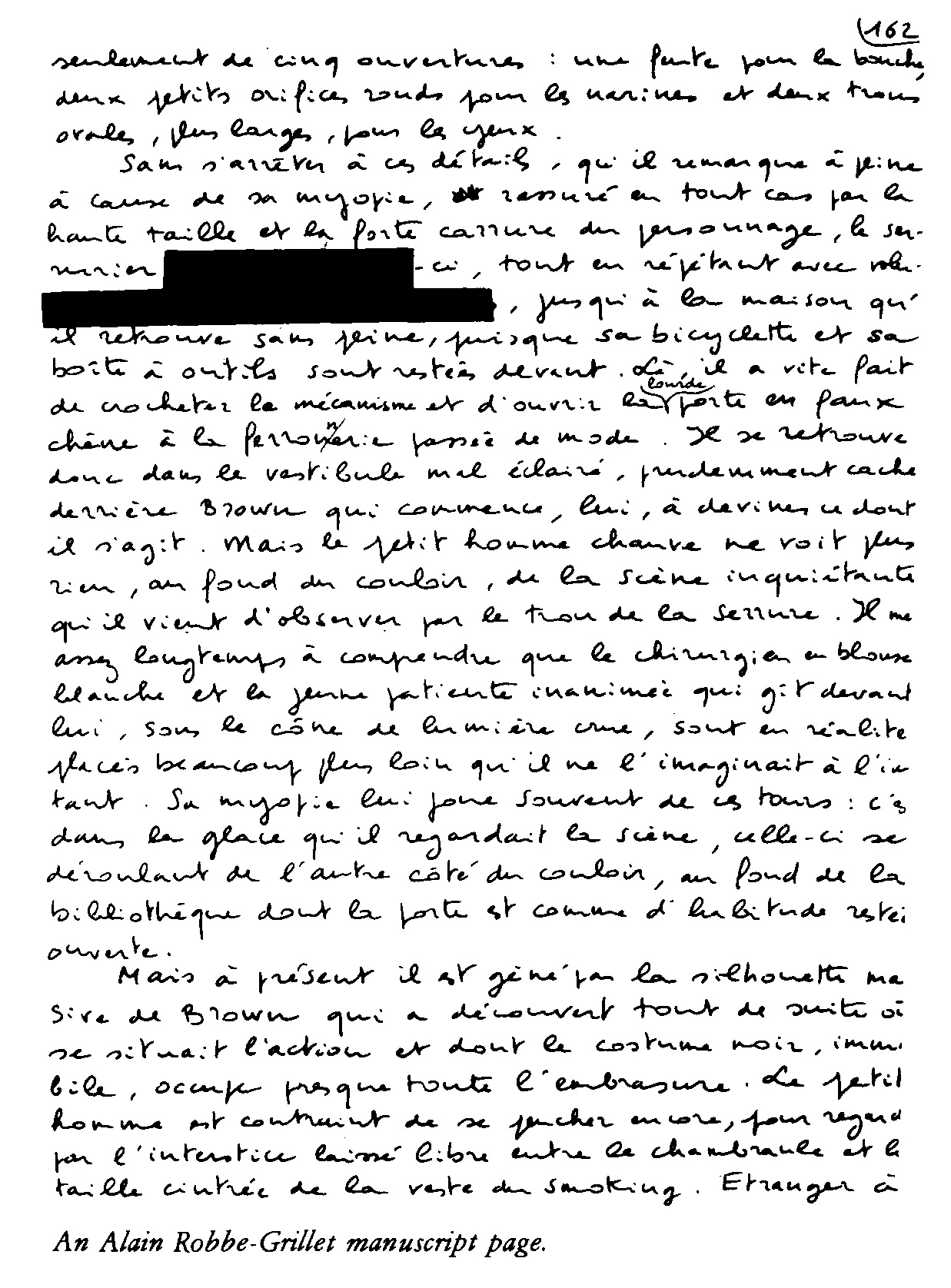
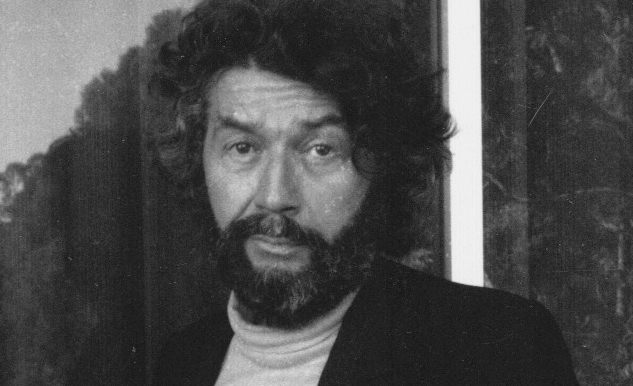
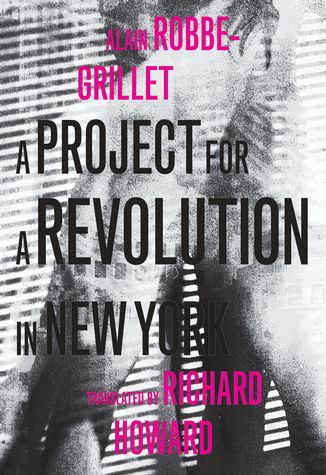


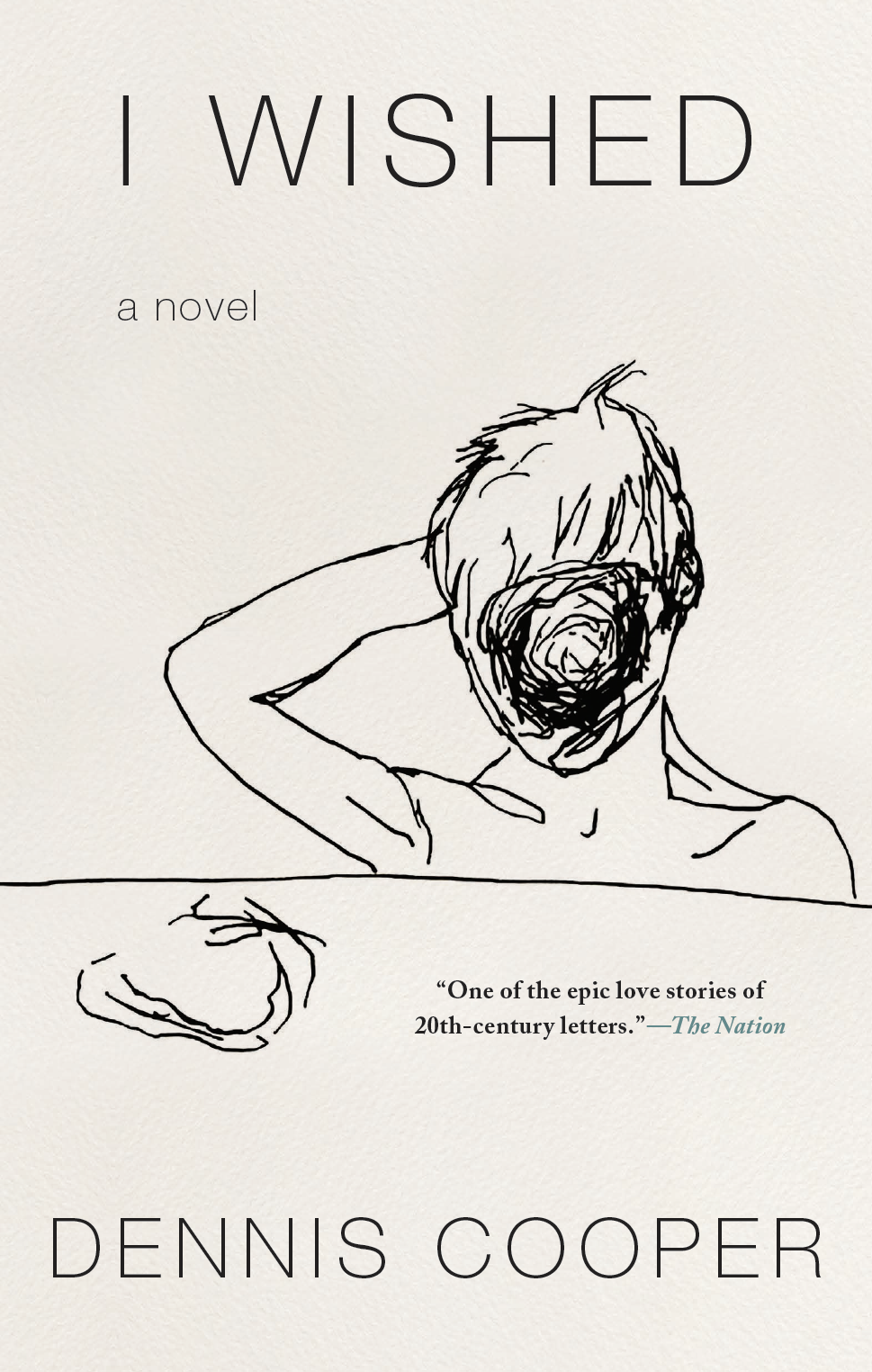
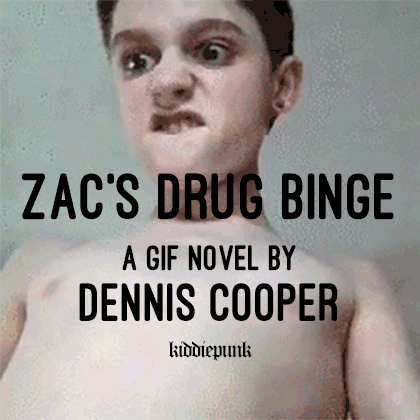
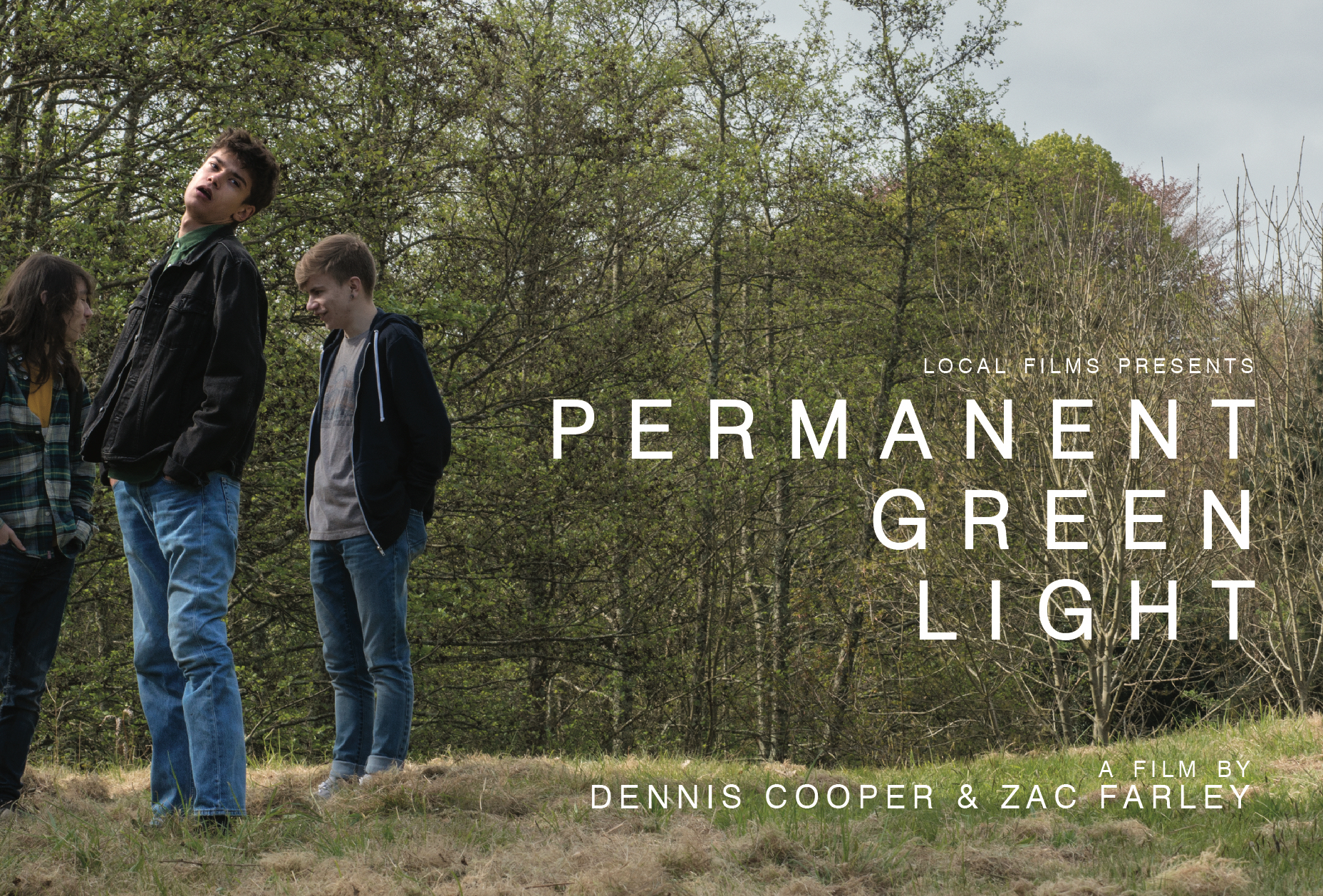 Now available in North America
Now available in North America 